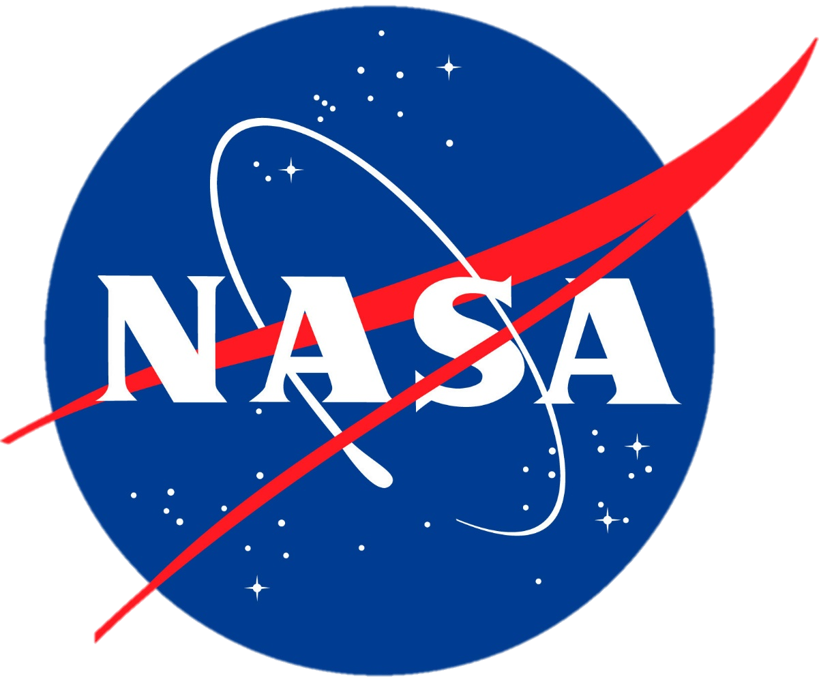Galileo
• Launch date: 8 October 1989
• Orbital insertion: 21 September 2003
• End of mission: 21 September 2003
• Agency: NASA
While its aim was to study Jupiter and its mysterious moons, which it did with much success, NASA’s Galileo mission also became notable for discoveries during its journey to the gas giant. It was the first spacecraft to visit an asteroid — two in fact, Gaspra and Ida. Galileo provided the only direct observations of a comet colliding with a planet. And its flight past Venus in 1990 yielded fascinating infrared images of the planet’s clouds.
After discoveries including evidence for the existence of a saltwater ocean beneath the Jovian moon Europa’s icy surface, extensive volcanic processes on the moon Io and a magnetic field generated by the moon Ganymede, Galileo plunged into Jupiter’s atmosphere on September 21, 2003 to prevent an unwanted impact with Europa.






